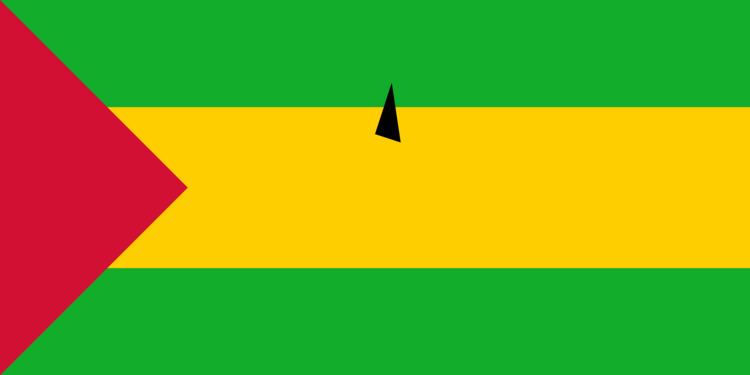Fiscal year Calendar Year Population below poverty line 66.2% (2009 est.) GDP per capita 1,609.82 USD (2013) GNI per capita 2,950 PPP dollars (2013) | Inflation (CPI) 10.6% (2012 est.) Labour force 52,490 (2007 est.) Gross domestic product 310.7 million USD (2013) GDP growth rate 4.0% annual change (2013) | |
 | ||
GDP by sector agriculture (13.9%)industry (19.5%)services (66.5%) (2012 est.) Labour force by occupation Population mainly engaged in subsistence agriculture and fishing (note: shortages of skilled workers) Currency São Tomé and Príncipe dobra Gross national income 568.8 million PPP dollars (2013) Internet users 23.0% of the population (2013) | ||
The economy of São Tomé and Príncipe, while traditionally dependent on cocoa, is experiencing considerable changes due to investment in the development of its oil industry in the oil-rich waters of the Gulf of Guinea. In 2003, the government agreed a Joint Development Zone over the area which gives Sao Tome 40% of revenues.
Contents
Map of S%C3%A3o Tom%C3%A9 and Pr%C3%ADncipe
History
Under Portuguese colonial rule, sugar plantations were set up, and the islands were used for the transshipment of slaves.
Oil reserves
Geologists estimate that the Gulf of Guinea zone (Niger Delta province) holds more than 10 billion barrels (1.6 km³) of oil, although no reserves have yet been proved. A joint oil project with Nigeria in 2005 is likely to contribute $50 million of revenues to the government from the exploration licence signing fees. This represents four times government revenues in 2004. São Tomé is optimistic that significant petroleum discoveries under the exploration licence are forthcoming.
In 2006, the first tests in the deep-water block struck oil, but not in commercially viable quantities.
Agriculture
Since the 1800s, the economy of São Tomé and Príncipe has been based on plantation agriculture. At the time of independence, Portuguese-owned plantations occupied 90% of the cultivated area. After independence, control of these plantations passed to various state-owned agricultural enterprises. The dominant crop on São Tomé is cocoa, representing about 95% of exports. Other export crops include copra, palm kernels, and coffee.
Economic issues
The government has an economic program that is supported by the IMF, via its Extended Credit Facility arrangement.
Data
Gross domestic product: purchasing power parity - $316.9 million (2010 est.), $214 million (2003 est.)
GDP - real growth rate: 6% (2010 est.), 5% (2004 est.)
GDP - per capita: purchasing power parity - $1,800 (2010 est.), $1,200 (2003 est.)
GDP - composition by sector: (2010 est.)
Inflation rate (consumer prices): 13% (2010 est.)
Labor force - by occupation: population mainly engaged in subsistence agriculture and fishing
note: shortages of skilled workers
Unemployment rate: 50% in the formal business sector (1998 est.)
Budget:
Industries: light construction, textiles, soap, beer; fish processing; timber
Electricity - production: 15 million kWh (1998)
Electricity - production by source:
Electricity - consumption: 14 GWh (1998)
Electricity - exports: 0 kWh (1998)
Electricity - imports: 0 kWh (1998)
Agriculture - products: cocoa, coconuts, palm kernels, copra, cinnamon, pepper, coffee, bananas, papayas, beans; poultry; fish
Exports: $13 million (2010 est.)
Exports - commodities: cocoa 80%, copra, coffee, palm oil (2009)
Exports - partners: United Kingdom 32.99%, Netherlands 26.93%, Belgium 21.04%, Portugal 4.31% (2009)
Imports: $99 million (2010 est.)
Petroleum - it needs to import all of its required petroleum
